I'm using strategy pattern for a PHP project which roughly looks like this. I've been reading this book as reference for making the design pattern.

I'm able to do simple inserts, updates or fetches from the database using the "Insert", "Search", "Update" concrete strategy classes on single tables.
However when it comes to a complex query like JOINs or VIEWs with multiple tables, these classes aren't sufficient.
How do I make a strategy class which allows me to retrieve custom no. of columns from two or more tables using JOINs or VIEWs? OR alternatively should I use stored procedures instead?
Currently, each concrete strategy class looks like this:
interface IStrategy {
public function algorithm(AbstractModel $modelObj, $tablename);
}
class InsertStrategy implements IStrategy{
public function algorithm(AbstractModel $modelObj, $tablename){
// construct SQL statement
// Initialize the Database Object
// Insert data using PDO
}
}